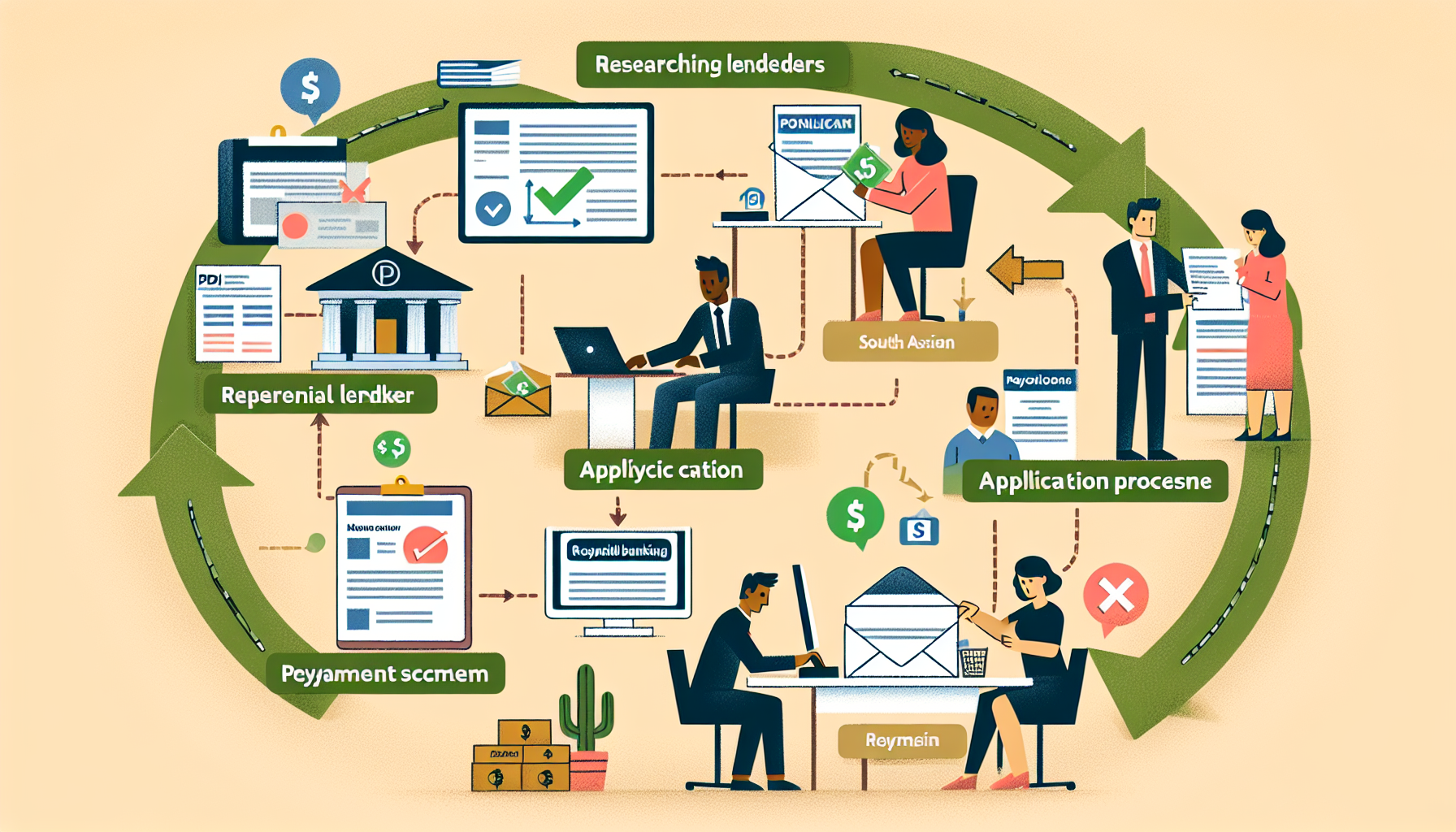In the modern financial landscape, personal loans have emerged as a versatile solution for individuals seeking to manage expenses, consolidate debts, or fund significant life events. As the borrowing landscape evolves, understanding personal loans becomes crucial for making informed financial decisions. This comprehensive guide aims to illuminate the intricacies of personal loans, covering their mechanics, benefits, and potential drawbacks.
What Are Personal Loans and How Do They Work?
Personal loans are unsecured loans, which means they do not require collateral, such as a home or car, to obtain. These loans are typically offered by banks, credit unions, and online lenders and can be used for a wide range of purposes, including medical bills, home improvements, weddings, or debt consolidation. The loan amount, interest rate, and repayment terms vary depending on the lender, the borrower’s credit score, and financial history.
To obtain a personal loan, an individual must apply through a lender, providing necessary financial information like income, employment status, and credit history. The lender evaluates this information to determine the borrower’s creditworthiness and decide on the terms of the loan. If approved, the borrower receives a lump sum, which is then repaid in fixed monthly installments over a predetermined period. Interest rates on personal loans can be fixed or variable, with fixed rates providing predictable payments and variable rates potentially fluctuating over the life of the loan.
One of the appealing features of personal loans is their flexibility. Unlike specific loans like auto or mortgage loans, which are earmarked for particular purchases, personal loans offer borrowers the freedom to use the funds as they see fit. This flexibility, combined with the straightforward application process and relatively quick access to funds, makes personal loans an attractive option for many.
Key Benefits and Drawbacks of Personal Loans
Personal loans come with several notable benefits that make them an appealing choice for borrowers. One of the primary advantages is their ability to provide quick access to funds, often within a few days of approval. This rapid disbursement can be crucial in emergencies or when immediate financial intervention is necessary. Additionally, personal loans typically offer lower interest rates than credit cards, making them a cost-effective option for consolidating high-interest debt.
Another significant benefit of personal loans is their fixed repayment schedule. Borrowers agree to a specific repayment term with regular monthly payments, which helps in budgeting and financial planning. This predictability can be especially beneficial for individuals looking to pay off debt within a certain timeframe. Furthermore, personal loans can improve a borrower’s credit score. Timely repayments demonstrate financial responsibility, positively impacting the borrower’s credit history and overall creditworthiness.
Despite these advantages, personal loans also have some drawbacks that potential borrowers need to consider. One major downside is the requirement of a good credit score to secure favorable terms. Individuals with poor credit might face higher interest rates or struggle to get approval at all. Additionally, personal loans come with fees, which can include origination fees, prepayment penalties, or late payment charges, potentially increasing the overall cost of borrowing. Lastly, because personal loans are unsecured, lenders often impose stricter qualification criteria, making it challenging for some individuals to access this type of credit.
In conclusion, personal loans offer a practical and flexible financial solution for many individuals. Understanding how they work, along with their benefits and potential drawbacks, is essential for making informed borrowing decisions. By evaluating your financial situation and needs, you can determine whether a personal loan is the right fit for you, ensuring that you make the most of this versatile financial tool. As always, thorough research and careful planning are key to successful financial management.


Related Posts :
What is a Personal Loan?Understanding Personal Loans: Your Comprehensive Guide
Guide to Refinancing Your Personal Loan: Tips and Steps
How to Secure a Personal Loan Even with Bad Credit
Securing Loans with a 550 Credit Score: What to Know